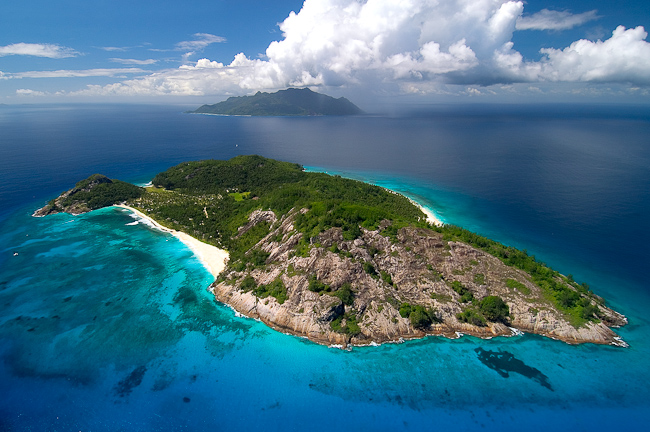With rising oil prices, fuel import bills now represent up to 20 percent of annual imports of 34 of the 38 small island developing states (SIDS), between 5 percent to 20 percent of their Gross Domestic Product – and even up to 15 percent of the total import bills of many of the European Union’s 286 islands.
Action advocated under ‘The Malta Communiqué On Accelerating Renewable Energy Uptake For Islands’ adopted by a 50-nation two-day conference that ended here last week will hopefully slash, in some cases eliminate, reliance on fossils and related pollution, while increasing energy security, employment as well as economic and social wellbeing.
‘The Renewables and Islands Global Summit’ in Malta was co-hosted by the 100-nation International Renewable Energy Agency (IRENA) based in Abu Dhabi and by the government of Malta – a 316 sq km Mediterranean island republic of 410,000 inhabitants, and EU’s smallest member state.
The meeting represents a key milestone in IRENA’s initiative on renewables and islands launched by its governing council last January, as well as a follow-up to the Rio+20 conference in June and the ‘achieving sustainable energy for all in Small Island Developing States’ ministerial meeting in Barbados in May.With rising oil prices, fuel import bills now represent up to 20 percent of annual imports of 34 of the 38 small island developing states (SIDS),
The communiqué invites IRENA to establish a global renewable energy islands network (GREIN) as a platform for sharing knowledge, best practice, challenges and lessons learnt while seeking innovative solutions.
GREIN will also help assess country potential, build capacity, formulate business cases for renewables deployment involving the private sector and civil society while identifying available finance as well as new ideas for innovative financing mechanisms.
In addition, the network will develop methodologies for integrating renewables into sustainable tourism, water management, transport, and other industries and services.
IRENA’s Kenyan director-general Adnan Amin told the 120 delegates that “we have confirmed the enormous potential for renewables in small island developing states as well as for developed island countries, not to mention coastal countries with remote, energy-deprived islands of their own. Ambitious policy targets appear increasingly attainable because of great strides forward in technology and cost-effectiveness.
“We are laying the groundwork for a business council to bring investors – from major energy companies to innovative SMEs (small and medium-sized enterprises) and also financial institutions – into the discussion,” Amin added. “Academics and NGOs can also contribute to the search for practical solutions. Developed island states can do much by sharing their experience with small-island developing states that face broadly similar challenges.”
Representatives (including 15 ministers) from 26 developing Pacific, Caribbean and African developing island nations and from coastal developing states with islands reported a wide range of renewables deployment, from detailed long-term plans and ongoing activities to reach up to 100 percent renewables, to admissions of very low deployment and no firm goals or plans yet.
West African Cape Verde, a 10-island 4,033 sq km archipelago with 491,000 inhabitants, has started working towards 100 percent, then possibly 300 percent renewables, according to José Brito, senior adviser to Cape Verde’s Prime Minister, José Maria Neves. Surplus energy remaining from meeting domestic needs (including seawater desalination) could either be stored or exported, Brito said. Cape Verde aims to become a renewables training hub for Africa.
Dominica in the East Caribbean (71,000 inhabitants, 754 sq km) could also become a net energy exporter, Crispin Grégoire, its former ambassador to the UN and now a United Nations Development Programme (UNDP) official in charge of Caribbean issues told IPS.
“With 325 rivers and mountainous terrain, we have huge hydroelectric potential. Moreover, Iceland and the EU are helping assess our extensive geothermal resources. We could export surplus electricity by interconnector seabed cable to Guadelupe and Martinique, each just 60 km away. We could also attract high-tech industries to use our surplus power.” More
